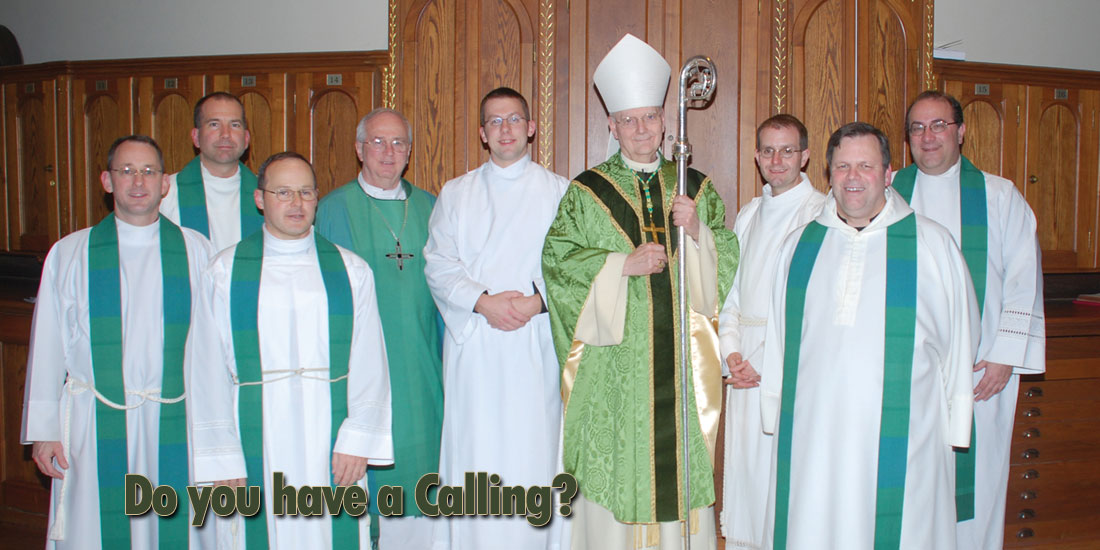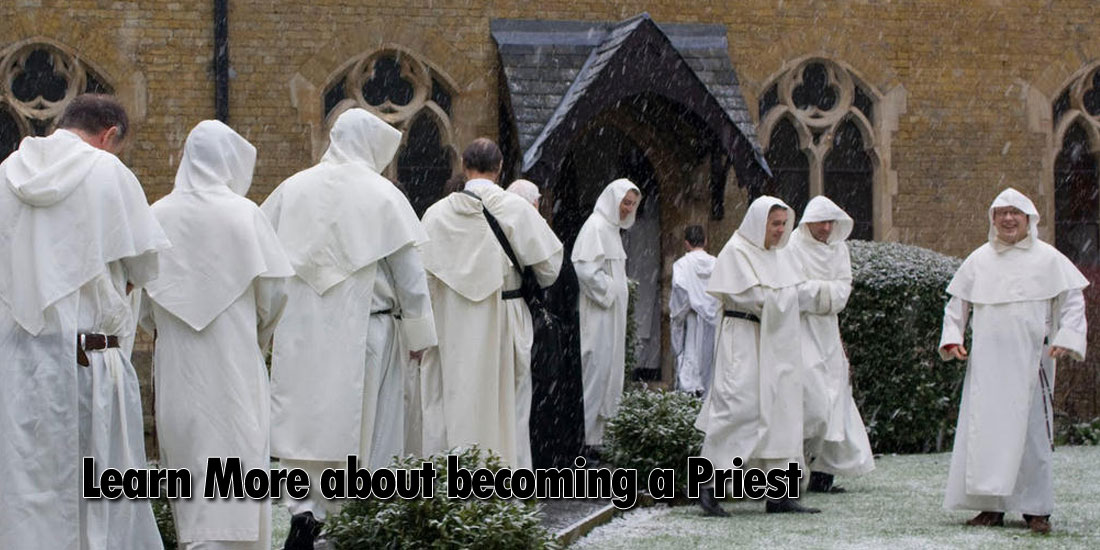Philippine Program For Priestly Formation
The Commission on Seminaries: 1. For the previously said updating and adaptation of the Philippine Program for Priestly Formation which is essential to the. ON THE SPIRITUAL FORMATION IN THE UPDATED PHILIPPINE PROGRAM FOR PRIESTLY FORMATION By His Eminence Luis Antonio Cardinal Tagle, Archbishop of Manila My. “The document ensures the continuity of the different stages of seminary formation As such, different stages are seen not as isolated formative process but as one leading to the other, ensuring continuity and inter-relatedness.” – Updated Philippine Program of Priestly Formation, 3. Seminarians in High School are the.


'The Church continues to place the highest value on the work of priestly formation, because it is linked to the very mission of the Church, especially the evangelization of humanity: 'Go, therefore, and make disciples of all nations' (Mt 28:19). ( Program of Priestly Formation, Introduction) The Committee for Clergy, Consecrated Life and Vocations is responsible for promoting, implementing and updating the Program of Priestly Formation (PPF). Now in its 5th edition, the PPF stands as the Ratio institutionis sacerdotalis for the United States to be observed in seminaries for the formation of priests. The PPF sets forth the nature and mission of the ministerial priesthood, norms for the admission of candidates, norms for the formation of candidates and norms for the governance and administration of seminaries.
The Secretariat is pleased to make the current PPF available in.pdf format. It can also be purchased through USCCB publications.
To help fellow bishops of Asia address the needs of their priests, of Cotabato offers practical advice based on the experience of the Church in his own country. According to the 68-year-old Oblate prelate, who is secretary general of the Federation of Asian Bishops´ Conferences (FABC), 'The Updated Philippine Program of Priestly Formation' in the Philippines was developed in response to 'sexual scandals involving a number of priests and some members in leadership position' in the period 2000-2002.
The Philippine bishops 'worked quickly to stop the damage to the Church and to introduce measures that would effectively address the issues,' he told about 70 prelates on Aug. 31 at the seminar on 'Caring for Priests - Especially For Those with Difficulties.' Organized by the FABC Office of Clergy of the Federation of Asian Bishops´ Conferences, the event was held Aug.
Gramatica William Cereja Branca. 1 at Redemptorist Center in, 150 kilometers southeast of Bangkok. The full text of Archbishop Quevedo´s presentation follows: CARING FOR PRIESTS: ONGOING FORMATION AND HELPING MEASURES Introduction Conventional wisdom in the past held the view that problems which our priests agonized through could be resolved by persevering prayer, a sincere, sorrowful comprehensive Confession and tough penance.
A refreshing extended vacation far away from sources of temptation could also help. A transfer to another assignment was a common helping measure. Another solution was an extended spiritual theological, pastoral updating course.
In very serious cases, we would also recommend a holy and God-experienced thirty-day retreat. Solitude and prayer, we were convinced, could resolve the most serious problems. Indeed, we can not underestimate the value of prayer and asceticism in resolving priestly problems. But in the light of all the talks that we have heard in the past few days, we have become more aware that many of the problems are not resolved simply by 'prayer and fasting.' The causes of some priestly problems lie deep in personalities, upbringing, reinforced by environment. How mistakenly did we simply take the usual course of action, quite unaware of the deep-rooted and complex causes of sinful priestly behavior.